Ever wondered how stage lighting can transform an ordinary performance into an unforgettable spectacle? The secret lies in understanding and utilizing the right lighting techniques. Whether it’s a theater production, concert, or dance recital, stage lighting is the key to creating the perfect atmosphere and directing the audience’s focus.
In this comprehensive guide, you’ll discover everything from the basics of lighting design to advanced techniques that will elevate your performance. We’ll explore different types of lighting fixtures, practical tips for effective lighting, and common pitfalls to avoid. This guide is packed with valuable insights that will help you illuminate your stage like a pro.
Let’s dive right in and explore the world of stage lighting! Whether you’re a seasoned professional or just starting, there’s something here for everyone.
Understanding Stage Light and Its Characteristics
Stage lighting is more than just brightening the stage; it’s about creating a world where stories come to life through light. The key characteristics of stage light include intensity, color, direction, and quality.
- Light Intensity: The brightness of the light is crucial in highlighting different parts of the scene. Varying the intensity can direct the audience’s focus and create dramatic effects.
- Light Color: Color in lighting can evoke specific emotions and set the tone of the performance. Warm colors like red and orange can create a sense of warmth or urgency, while cool colors like blue and green can induce calm or sadness.
- Light Direction: The direction from which light hits the stage affects the appearance of the scene. Front lighting illuminates the actors’ faces, side lighting adds depth, and backlighting creates silhouettes and separates the performers from the background.
Objectives of Stage Lighting
Enhancing Visibility
At its core, stage lighting ensures that the audience can see the performers and the set. Proper lighting highlights important details and actions, making sure nothing goes unnoticed.
Creating Mood and Atmosphere
Lighting can dramatically influence the mood of a scene. By adjusting colors and intensity, lighting designers can evoke emotions and enhance the narrative’s tone.
Directing Audience Focus
Lighting helps direct the audience’s attention to key parts of the stage. By illuminating specific areas or performers, the lighting design ensures that the audience knows where to look.
Supporting the Narrative
Beyond visibility and mood, lighting can advance the story by highlighting key moments, themes, and emotions. Strategic use of lighting can symbolize changes in time, place, and mood.
Key Components of Stage Lighting Systems
Lighting Instruments
Various lighting instruments, such as spotlights, wash lights, and floodlights, each serve unique purposes in a lighting setup.
Control Consoles
Control consoles are used to manage the lighting fixtures, allowing designers to adjust intensity, color, and focus.
Dimmers and Switches
Dimmers control the brightness of the lights, while switches allow for quick changes and effects during a performance.
Cables and Connectors
Reliable cables and connectors are essential for ensuring that all lighting equipment functions properly and safely.
Different Types of Stage Lighting Fixtures
Spotlights
Spotlights produce a narrow, focused beam of light, perfect for highlighting specific performers or areas on stage. These lights are essential in directing the audience’s attention to key actions or characters, creating a dramatic emphasis that can enhance the storytelling aspect of a performance. Spotlights are incredibly versatile and can be adjusted in terms of brightness, color, and direction, making them indispensable in any stage lighting setup.
Types of Spotlights
- Ellipsoidal Reflector Spotlights (ERS): ERS fixtures provide a sharp, focused beam and are often used for precise lighting effects and gobo projections. These lights are equipped with shutters that can shape the beam, and they often have slots for inserting gobos, which are metal or glass templates that project patterns onto the stage. ERS lights are highly versatile and can be used to create a range of effects, from narrow, focused spots to broader washes of light.
- Follow Spots: Follow spots are manually operated spotlights that follow a performer across the stage, keeping them in the spotlight. These lights are typically mounted on stands and controlled by an operator who tracks the performer’s movements. Follow spots are commonly used in concerts, theater productions, and other live performances where it is essential to keep the spotlight on a moving subject.
Best Practices for Using Spotlights
To use spotlights effectively, position them at various angles to highlight different parts of the stage and create depth. Adjust the focus and intensity to match the scene’s mood, ensuring that the light enhances the performance without overwhelming it. Use spotlights to draw attention to key actions or characters, and be mindful of how the light interacts with other elements on stage.
Wash Lights
Wash lights provide broad, even illumination, creating a wash of light over large areas of the stage. These lights are ideal for general lighting purposes and can be used to fill in shadows, create ambient light, and enhance the overall mood of a scene. Wash lights are often used in combination with spotlights to create a balanced lighting design that highlights both specific elements and the overall stage.
Types of Wash Lights
- Fresnel Lights: Fresnel lights produce a soft-edged beam, ideal for blending with other lights to create smooth transitions. These lights are named after their inventor, Augustin-Jean Fresnel, who developed the Fresnel lens. This lens allows the light to be focused into a narrow beam or spread out into a wider wash, making Fresnel lights versatile and easy to use.
- PAR Cans: PAR cans offer intense, narrow beams and are great for creating strong color washes. These lights use parabolic aluminized reflectors (PAR) to direct the light, which makes them highly efficient and effective for stage lighting. PAR cans are commonly used in concerts and theatrical productions to create bold, dramatic lighting effects.
- LED Wash Lights: LED wash lights are versatile and energy-efficient, capable of producing a wide range of colors. These lights use light-emitting diodes (LEDs) to generate light, which makes them much more energy-efficient than traditional incandescent lights. LED wash lights can be programmed to change colors and patterns, adding a dynamic element to stage lighting.
Tips for Effective Wash Lighting
Position wash lights to cover the entire stage evenly, ensuring that there are no dark spots or overly bright areas. Use these lights to create a consistent base layer of illumination, which can then be enhanced with spotlights and other lighting effects. Experiment with different colors and intensities to create the desired mood and atmosphere for each scene.
Floodlights
Floodlights provide broad, even illumination for large areas or backgrounds, such as a cyclorama. These lights are designed to cover large spaces with uniform light, making them ideal for lighting backdrops, scenery, and other stage elements that require consistent illumination.
Types of Floodlights
- Cyc Lights: Cyc lights are designed to light up large backdrops and can be used to create various background effects. These lights are often mounted at the top and bottom of a cyclorama, a large, often white, curtain or wall at the back of the stage. Cyc lights can be colored using gels or LED technology to create different atmospheric effects.
- Border Lights: Border lights are strips of lights that illuminate the stage from the top or bottom, providing consistent coverage. These lights are typically mounted in rows along the edges of the stage and can be used to create a seamless wash of light across the entire performance area.
Techniques for Using Floodlights
Use floodlights to create a base level of illumination and add depth to the background, enhancing the overall visual effect. Position these lights to cover large areas evenly, and adjust the intensity to ensure that the light does not overpower other elements on stage. Experiment with different colors and positioning to create various background effects that complement the performance.
Beam Lights
Beam lights produce a narrow, intense beam, ideal for creating dramatic effects and highlighting specific stage elements. These lights are perfect for drawing attention to particular parts of the stage and creating striking visual effects that add excitement to the performance.
Types of Beam Lights
- Moving Head Beams: Moving head beams can be programmed to move and change color, adding dynamic effects to the performance. These lights are mounted on a moving head, which allows them to pan and tilt in various directions. This flexibility makes moving head beams ideal for creating complex lighting sequences and dynamic effects.
- LED Beams: LED beams offer bright, focused light with energy-efficient technology, suitable for various lighting effects. These lights use LEDs to generate light, which makes them much more energy-efficient than traditional beam lights. LED beams can be programmed to change colors and patterns, adding a dynamic element to stage lighting.
Advantages of Beam Lights in Stage Design
Beam lights add visual interest and drama, creating striking effects that can enhance the performance’s impact. Use these lights to highlight key stage elements, create dramatic lighting effects, and add a sense of movement and energy to the performance. Experiment with different positioning and programming to create a dynamic and engaging lighting design.
Intelligent Lighting Fixtures
Intelligent lighting fixtures are automated and can be programmed to change color, direction, and patterns during a performance. These lights offer a high level of flexibility and control, allowing lighting designers to create complex and dynamic lighting effects that enhance the overall visual experience of the performance.
Types of Intelligent Fixtures
- Moving Head Spots: Moving head spots provide focused, adjustable beams for dynamic lighting effects. These lights are mounted on a moving head, which allows them to pan and tilt in various directions. This flexibility makes moving head spots ideal for creating precise and dynamic lighting sequences.
- Moving Head Washes: Moving head washes offer broad, adjustable beams for versatile lighting effects. These lights are mounted on a moving head, which allows them to pan and tilt in various directions. This flexibility makes moving head washes ideal for creating smooth and consistent washes of light that can be adjusted to suit different scenes and moods.
- Moving Head Beams: Moving head beams produce narrow, intense beams that can be programmed for complex lighting effects. These lights are mounted on a moving head, which allows them to pan and tilt in various directions. This flexibility makes moving head beams ideal for creating striking and dynamic lighting effects that add excitement to the performance.
- Scanners: Scanners use mirrors to direct light beams quickly and accurately, creating fast-moving light effects. These lights are typically mounted on a fixed base, with mirrors that move to direct the light beam. This allows for rapid changes in direction and creates dynamic and engaging lighting effects.
Benefits of Using Intelligent Lighting
Intelligent lighting allows for precise control and dynamic effects, enhancing the overall visual experience of the performance. These lights can be programmed to change colors, patterns, and movements, creating a dynamic and engaging lighting design that can be adjusted to suit different scenes and moods. Use intelligent lighting to create complex and visually stunning lighting effects that enhance the performance and captivate the audience.
Special Effect Lights
Special effect lights are used to create unique visual effects that enhance the performance’s atmosphere. These lights can be used to add excitement, drama, and visual interest to the performance, creating memorable moments that captivate the audience.
Types of Special Effect Lights
- Strobe Lights: Strobe lights produce rapid flashes of light, creating a sense of motion and excitement. These lights are often used in concerts and dance performances to create dynamic and energetic lighting effects that add to the overall excitement of the performance.
- Black Lights: Black lights emit ultraviolet light, making certain materials glow in the dark and adding a surreal effect. These lights are often used in theatrical productions and themed events to create a unique and visually stunning atmosphere.
- Laser Lights: Laser lights create sharp, bright beams that can be used to produce intricate patterns and designs. These lights are often used in concerts and live performances to create striking and visually stunning lighting effects that add to the overall impact of the performance.
Creating Dramatic Effects with Special Lights
Use special effect lights to add excitement and visual interest, creating memorable moments in the performance. Experiment with different types of special effect lights and programming to create unique and engaging lighting effects that enhance the performance and captivate the audience.
Stage Lighting for Various Performance Types
Concerts and Live Music
Concert lighting is dynamic and colorful, designed to match the energy of the music and enhance the audience’s experience. It often includes moving lights, strobes, and laser effects that create an electrifying atmosphere. These lighting elements can be synchronized with the music to highlight beats, create visual rhythms, and amplify the overall impact of the performance.
Moving lights can sweep across the crowd or stage, while strobes can add a pulsating effect that matches the tempo of the music. Laser effects can project intricate patterns and shapes, transforming the venue into a vibrant and immersive environment. Effective concert lighting not only highlights the performers but also engages the audience, making the experience memorable and captivating.
Dance Shows
Dance lighting is crucial for highlighting movement and creating visual depth on stage. Side lighting is often used to emphasize the dancers’ shapes and motions, casting dramatic shadows that accentuate their movements. This type of lighting can make the dancers appear more three-dimensional, enhancing the fluidity and grace of their performance.
In addition to side lighting, color washes and spotlights can be used to focus attention on soloists or specific dance sequences. The interplay of light and shadow can add an extra layer of emotion and drama to the choreography, making the performance visually stunning and emotionally resonant. Dance lighting should be carefully coordinated with the choreography to ensure that it complements and enhances the dancers’ movements.
Corporate Events
Corporate event lighting needs to be professional and engaging, focusing on speakers, presentations, and key elements. Clean, sophisticated lighting helps maintain a polished look, ensuring that the event appears well-organized and high-quality. Spotlights and key lighting can be used to highlight speakers and presenters, ensuring they are visible to the audience.
Ambient lighting can create a welcoming atmosphere, while colored lights can be used to reinforce branding or event themes. Dynamic lighting effects can also be employed during product launches or special announcements to draw attention and create a sense of excitement. Effective lighting design for corporate events enhances the overall professionalism and impact of the event, making it more memorable for attendees.
TV and Film Productions
Lighting for TV and film requires precise control to ensure consistency and quality. Techniques such as three-point lighting are commonly used to achieve professional results. In three-point lighting, the key light provides the main source of illumination, the fill light softens shadows created by the key light, and the backlight separates the subject from the background, creating depth and dimension.
Consistent lighting is crucial for maintaining the visual quality of the production, as variations in lighting can be distracting to viewers. Additional techniques, such as using softboxes or reflectors, can help diffuse light and create a more flattering appearance for subjects. Color temperature is also an important consideration, as it affects the overall look and feel of the footage. Properly calibrated lighting ensures that the colors appear natural and consistent across different scenes and shots.
Practical Tips for Stage Lighting
Budgeting for Stage Lighting
Effective budgeting is essential for a successful stage lighting setup. Plan your budget carefully, considering the cost of equipment, labor, and energy consumption. Prioritize essential fixtures that are crucial for achieving your desired lighting effects, and look for ways to maximize your resources. For example, investing in versatile lighting fixtures that can serve multiple purposes may be more cost-effective than purchasing specialized lights for each effect.
Additionally, consider renting equipment for short-term projects to reduce upfront costs. Be sure to allocate funds for maintenance and potential repairs, as well as any additional accessories or control systems you may need. By planning carefully and prioritizing your spending, you can create an effective and efficient lighting setup within your budget.
Safety Measures
Safety should always be a top priority in stage lighting. Ensure all electrical equipment is installed and operated safely, following industry standards for wiring, grounding, and rigging. Regular inspections and maintenance are crucial for preventing accidents and ensuring the longevity of your equipment. Use appropriate safety gear, such as gloves and safety glasses, when handling lighting fixtures.
Securely mount all lights and ensure that cables are properly managed to prevent tripping hazards. Additionally, make sure that all personnel involved in the setup and operation of the lighting system are trained in safety protocols and emergency procedures. By prioritizing safety, you can create a secure and efficient lighting setup.
Energy Efficiency
Opt for energy-efficient lighting solutions like LEDs to reduce costs and environmental impact. LEDs consume less power and generate less heat than traditional incandescent or halogen lights, making them a more sustainable choice. Energy-efficient lights also improve comfort for performers by reducing the amount of heat on stage.
Implementing dimming controls and programmable lighting sequences can further optimize energy use. Consider using natural light when possible, such as for daytime events, to reduce the reliance on artificial lighting. By prioritizing energy efficiency, you can create a more sustainable and cost-effective lighting setup.
Maintenance and Upkeep
Regularly inspect and maintain your lighting equipment to ensure optimal performance and longevity. This includes cleaning fixtures, checking for wear and tear, and replacing any damaged components. Address any issues promptly to avoid disruptions during performances.
Keeping a detailed maintenance log can help track the condition of your equipment and schedule regular maintenance checks. Additionally, store your lighting equipment properly when not in use to protect it from dust and damage. Investing in high-quality equipment and following a regular maintenance routine will help ensure that your lighting setup remains reliable and effective over time.
Common Pitfalls in Stage Lighting Design
Overcomplicating the Design
One common mistake in stage lighting design is overcomplicating the setup. While it’s tempting to use a multitude of lighting effects and fixtures to create a visually stunning performance, adding too many elements can confuse the audience and detract from the main focus of the performance.
Keep your lighting design simple and focused. Concentrate on a few key elements that enhance the performance and support the narrative. By doing so, you ensure that the lighting complements rather than overwhelms the overall production.
Ignoring Safety Protocols
Safety is paramount in stage lighting design. Ignoring safety protocols can lead to accidents and injuries, which can be disastrous for any production. Always prioritize safety by ensuring that all equipment is secure and properly maintained.
This includes regularly inspecting lights, cables, and rigging systems for any signs of wear and tear. Additionally, follow industry standards for wiring, grounding, and mounting fixtures. Make sure that all personnel involved in the lighting setup are trained in safety protocols and emergency procedures to prevent accidents and ensure a smooth, safe performance.
Poor Planning and Coordination
Effective stage lighting design requires meticulous planning and coordination with other production team members. Poor planning and lack of coordination can result in a disjointed performance where the lighting does not complement the other elements of the production.
To avoid this, start by discussing your lighting design with the director, set designer, and other key team members to ensure that your vision aligns with theirs. Plan and test your setup thoroughly before the show, making adjustments as needed to ensure that the lighting enhances the overall performance. Good communication and collaboration are essential for a cohesive and successful production.
Illuminate Your Stage with LED Technology
Benefits of LED Stage Lighting
LED stage lighting offers numerous benefits that make it an ideal choice for modern performances. LEDs are energy-efficient, consuming significantly less power than traditional incandescent or halogen lights, which reduces operational costs and environmental impact.
They are also highly durable, with a longer lifespan than conventional lighting fixtures, reducing the need for frequent replacements. LEDs are incredibly versatile, offering a wide range of colors and effects that can be controlled remotely. This flexibility allows for dynamic and creative lighting designs that can be easily adjusted to suit different scenes and moods.
Energy-Saving Tips
Using LEDs is an excellent way to reduce energy consumption and heat generation, but there are additional steps you can take to optimize efficiency. Implement dimming controls and programmable lighting sequences to adjust light levels according to the needs of the performance, reducing energy use when full brightness is not required.
Consider using motion sensors or timers to control lights in less-used areas, ensuring they are only on when needed. Group lights into zones and control them separately to focus energy where it’s most needed. By adopting these energy-saving practices, you can further enhance the sustainability and cost-effectiveness of your lighting setup.
Best Practices for Using LED Lights
To get the best performance out of your LED lights, choose high-quality fixtures from reputable manufacturers. High-quality LEDs provide better color accuracy, smoother dimming transitions, and longer lifespans.
Test and calibrate your lights before each performance to ensure accurate colors and smooth dimming effects. Regularly clean and maintain your LED fixtures to keep them in optimal condition, and replace any components as needed. Additionally, familiarize yourself with the control systems and programming options available for your LED lights, taking full advantage of their capabilities to create dynamic and engaging lighting designs.
By following these best practices, you can maximize the benefits of LED technology and enhance the overall impact of your stage lighting.
FAQs
Q: How can I use stage lighting to enhance the storytelling in a performance?
A: Stage lighting can be strategically used to highlight key moments, set the mood, and direct the audience’s attention. Using techniques like color changes and dynamic lighting effects can reflect the emotional journey of the characters and support the narrative flow.
Q: What are the benefits of using LED lights for stage lighting compared to traditional lighting?
A: LED lights are energy-efficient, generate less heat, and have a longer lifespan than traditional incandescent lights. They offer a wide range of colors and can be easily controlled, making them ideal for creating dynamic lighting effects.
Q: How do I choose the right type of lighting fixture for my stage production?
A: The choice of lighting fixture depends on the specific needs of your production. Spotlights are great for focused illumination, wash lights provide broad coverage, and intelligent lights offer programmable effects. Consider the size of your venue, the type of performance, and your desired visual effects.
Q: What is the role of a lighting console in a stage lighting setup?
A: A lighting console is used to control the lighting fixtures, allowing the designer to adjust intensity, color, and focus. Modern consoles can be programmed to create complex lighting sequences, ensuring precise and repeatable lighting cues during the performance.
Q: Can LED stage lights be dimmed, and how do they perform compared to traditional dimming systems?
A: Yes, most LED stage lights come with built-in dimming capabilities. They offer smooth dimming transitions and can be controlled remotely. However, cheaper LED units might have stepped-dimming curves and may not replicate the warm dimming effect of traditional tungsten lights.
Q: How can I ensure the safety of my stage lighting setup?
A: Safety can be ensured by following industry standards for wiring, grounding, and rigging. Regular maintenance and inspections of lighting equipment are essential to prevent electrical hazards and ensure the safety of performers and crew.
Q: What are the common pitfalls to avoid in stage lighting design?
A: Avoid overcomplicating the design, neglecting the needs of performers, and failing to test and rehearse the setup. It’s crucial to maintain a balance between artistic vision and practicality, ensuring the design enhances the performance without causing distractions or safety issues.
Q: How can color theory enhance my stage lighting design?
A: Understanding color theory allows you to use colors effectively to evoke emotions and set the scene’s tone. Combining complementary, analogous, or monochromatic colors can create visually appealing and emotionally impactful lighting designs.
Q: What are gobos, and how are they used in stage lighting?
A: Gobos are templates placed inside lighting fixtures to project patterns or shapes onto the stage. They add texture and visual interest, enhancing the overall aesthetic of the performance.
Q: Why should I consider using Unitop for my LED lighting needs?
A: Unitop is one of China’s leading manufacturers of LED strip lights and LED neon flex. With a commitment to quality and innovation, Unitop provides reliable and cutting-edge lighting solutions. If you have any questions or specific requirements, contact Unitop for professional guidance and top-notch products.
Conclusion
Stage lighting is a crucial element of any performance, enhancing visibility, mood, and narrative. By understanding the basics of lighting design and using the right equipment, you can create stunning visual effects that captivate your audience. Embrace the latest technologies and techniques to elevate your stage lighting and make every performance unforgettable.
For those looking to integrate cutting-edge LED lighting into their projects, Unitop stands as one of China’s premier manufacturers of LED strip lights and LED neon flex. Our expertise and commitment to quality make us a trusted partner in the industry. If you have any questions or specific lighting requirements, don’t hesitate to contact us immediately. Let Unitop illuminate your path to a successful and memorable performance.

Tom is now the Sales Manager of Unitop (China) Co., Limited. He has been in the LED Lighting industry ever since 2005. He is an expert in sales & marketing, and factory management. He likes bodybuilding, and he is also a crazy Apple Fan! He is a hard-working guy and loves to learn and try new things.
Email: tom@unitopledstrip.com WhatsApp: +86-18680307140

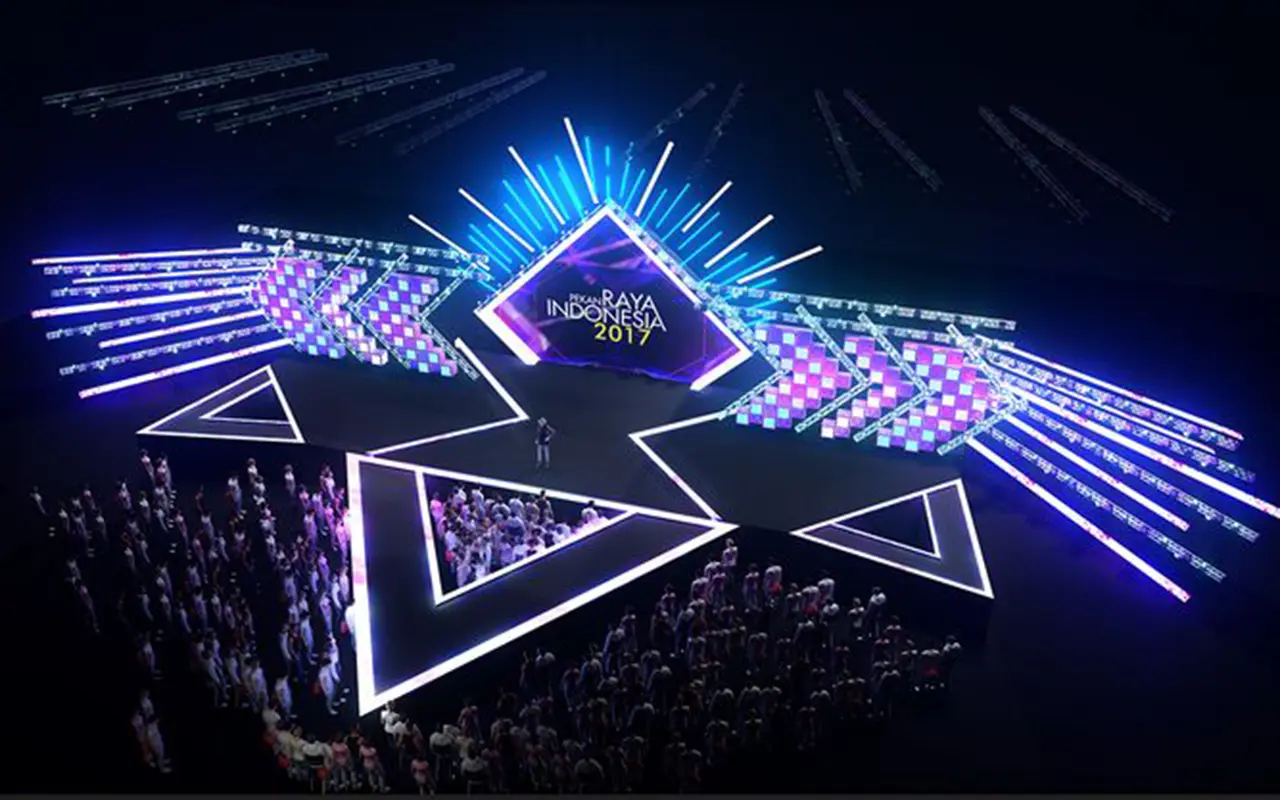
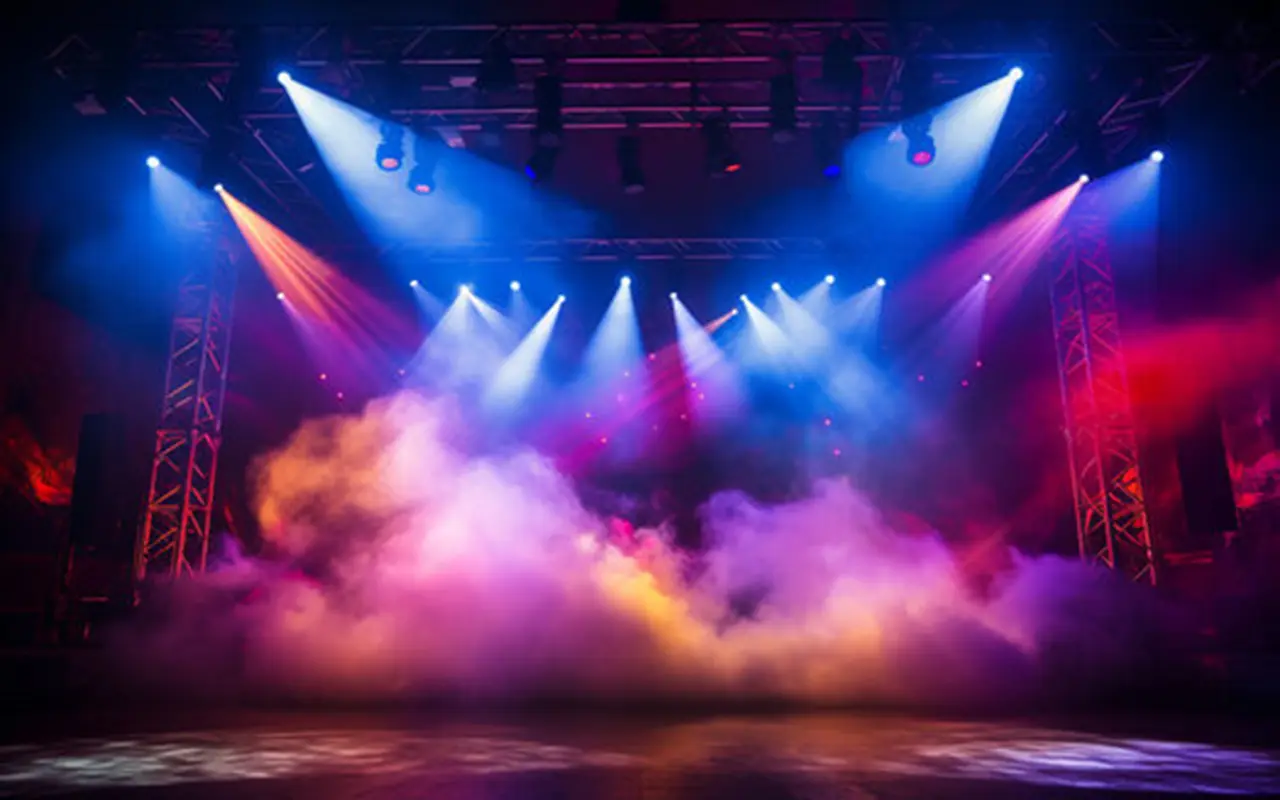
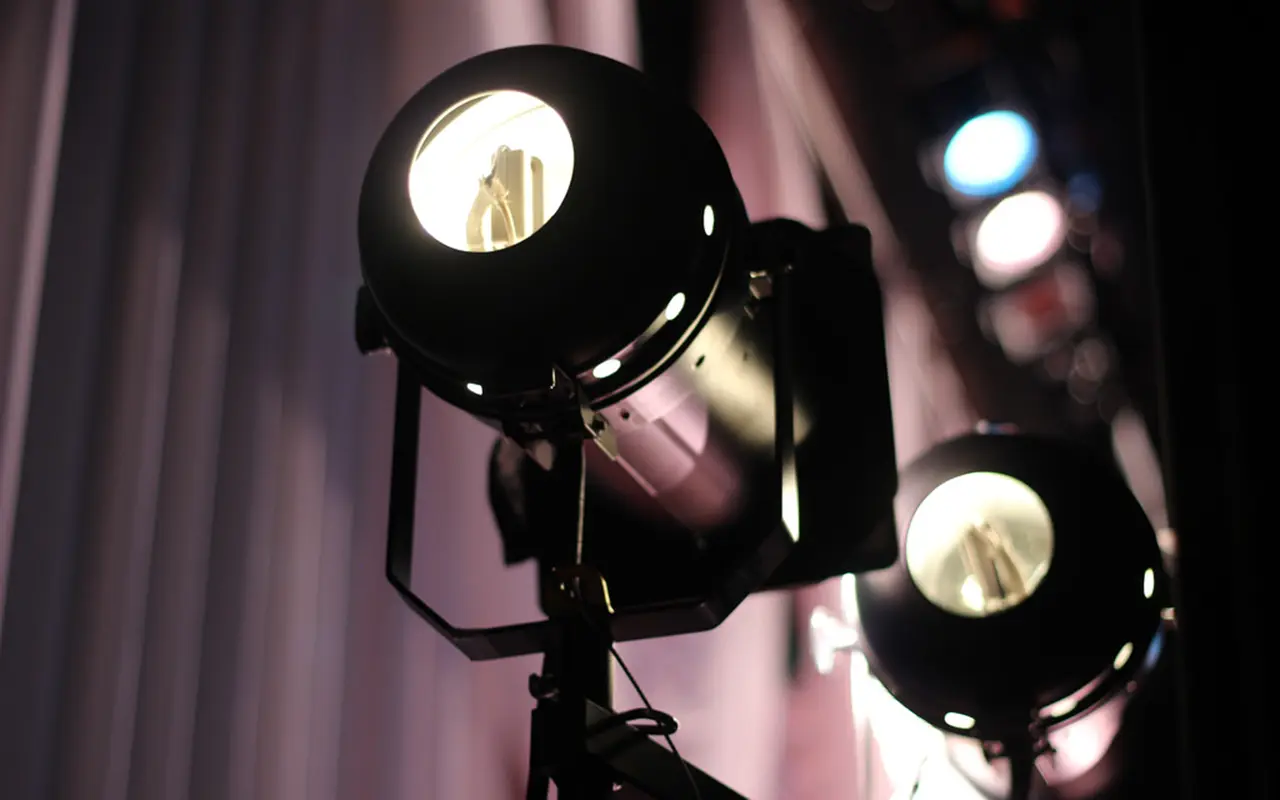
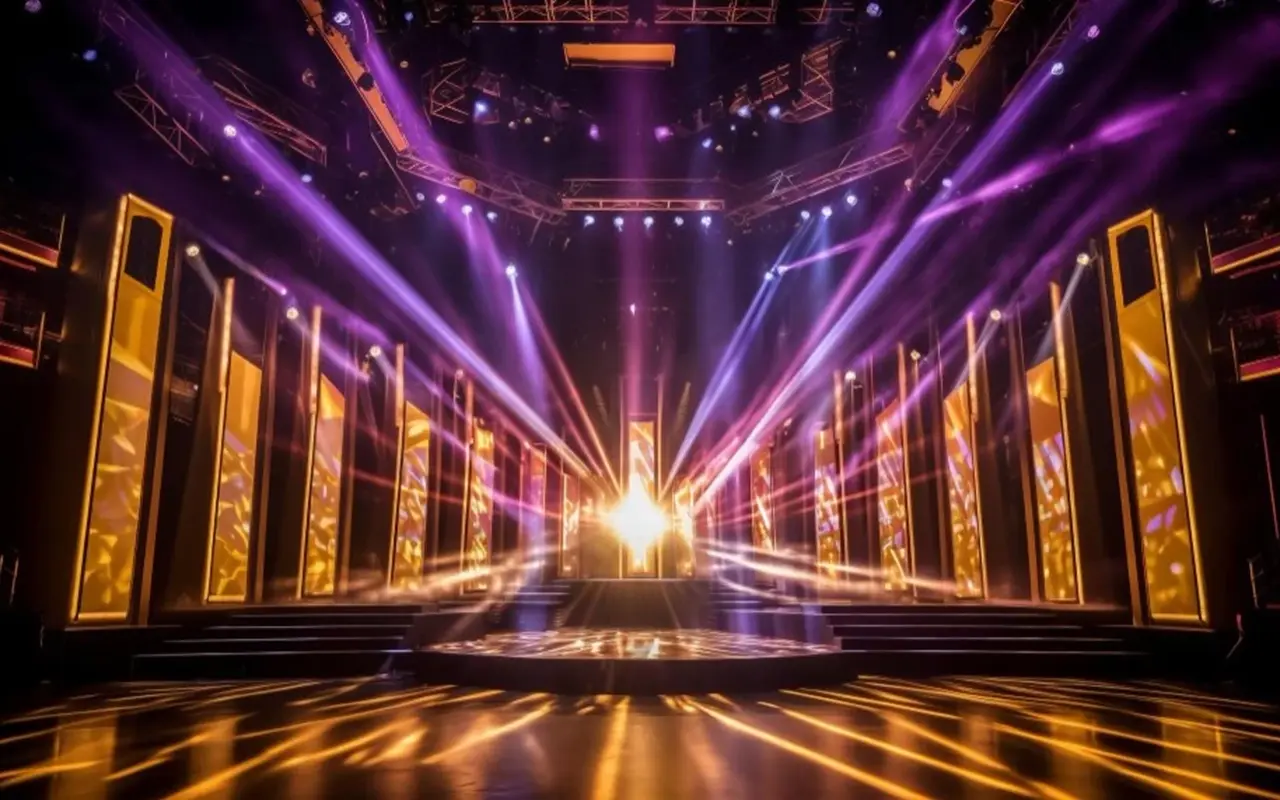


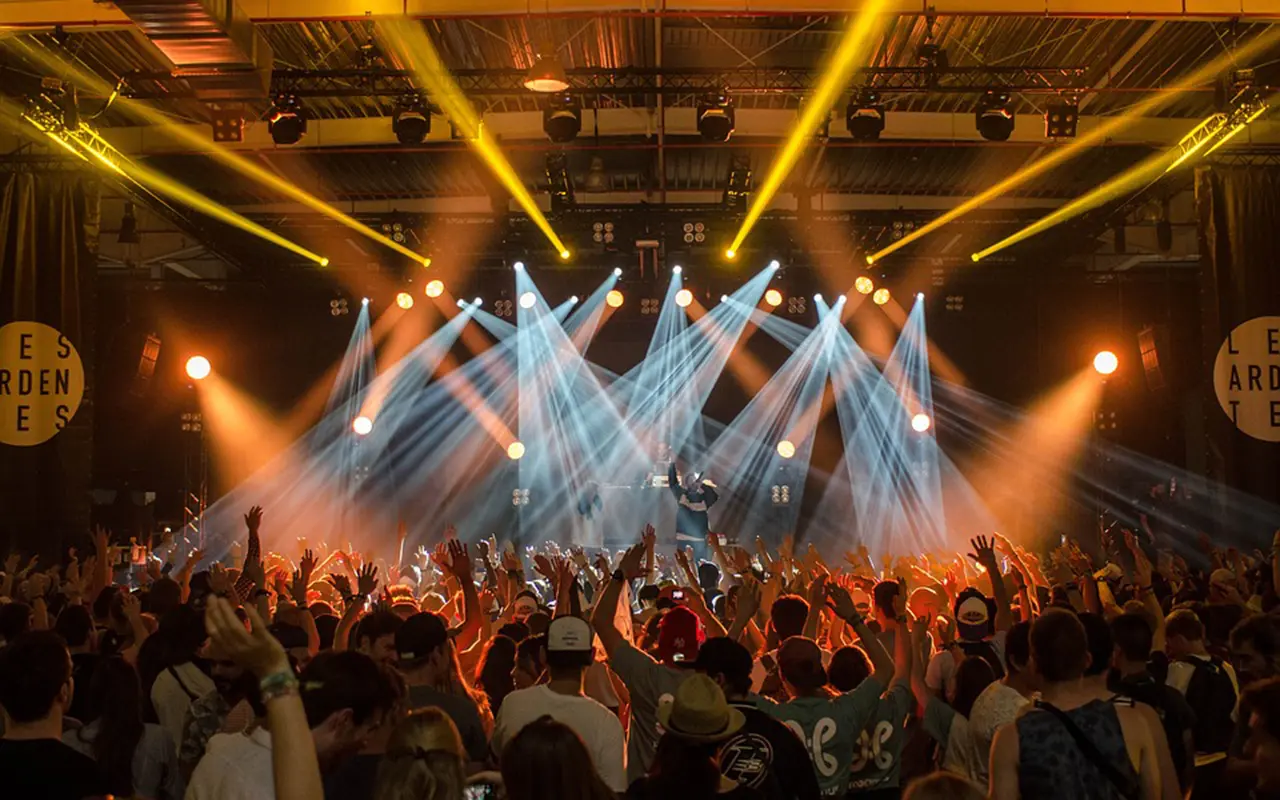
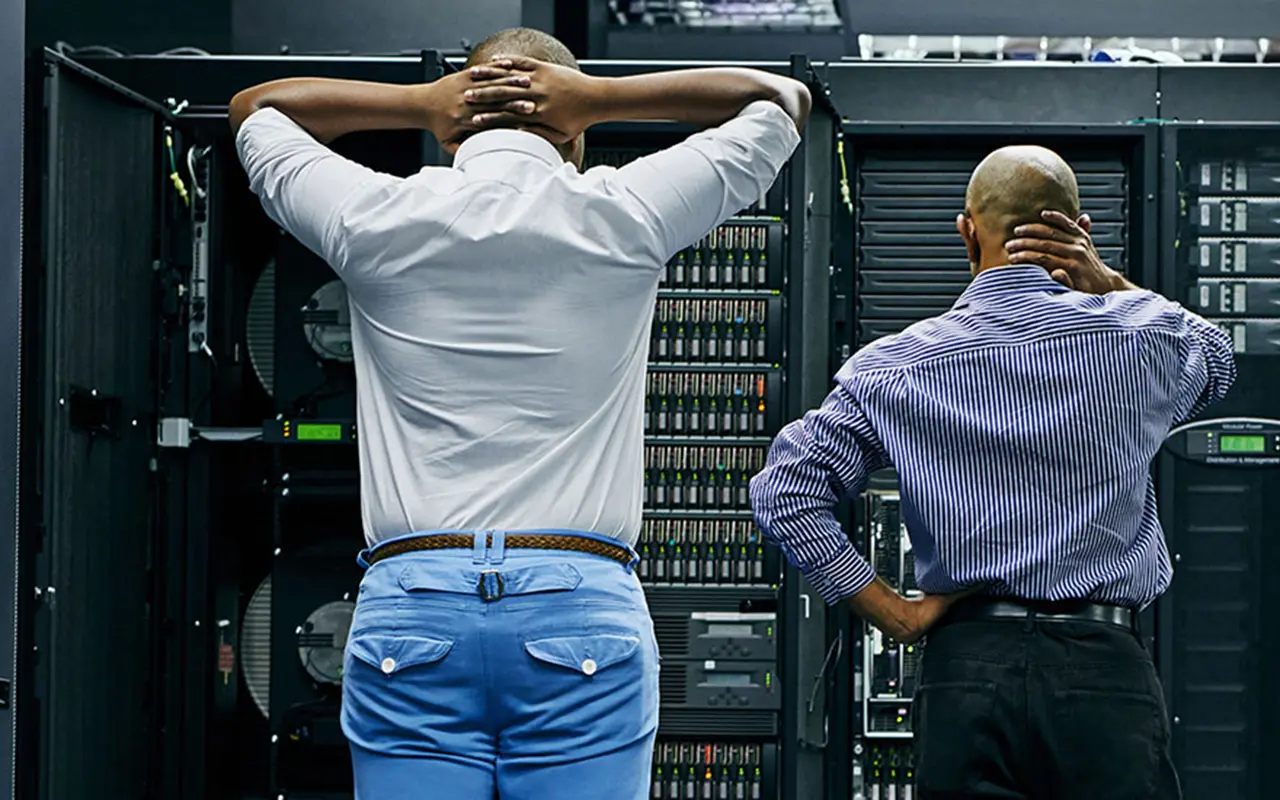
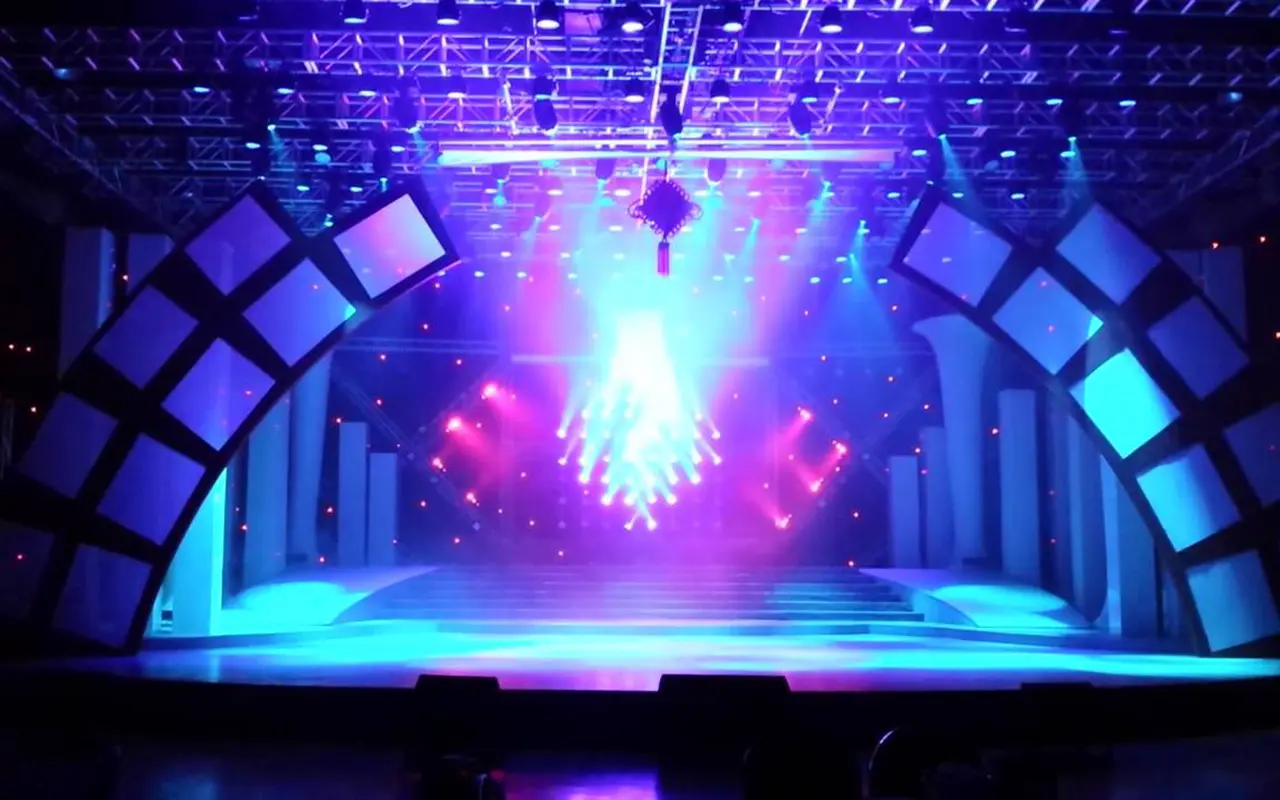

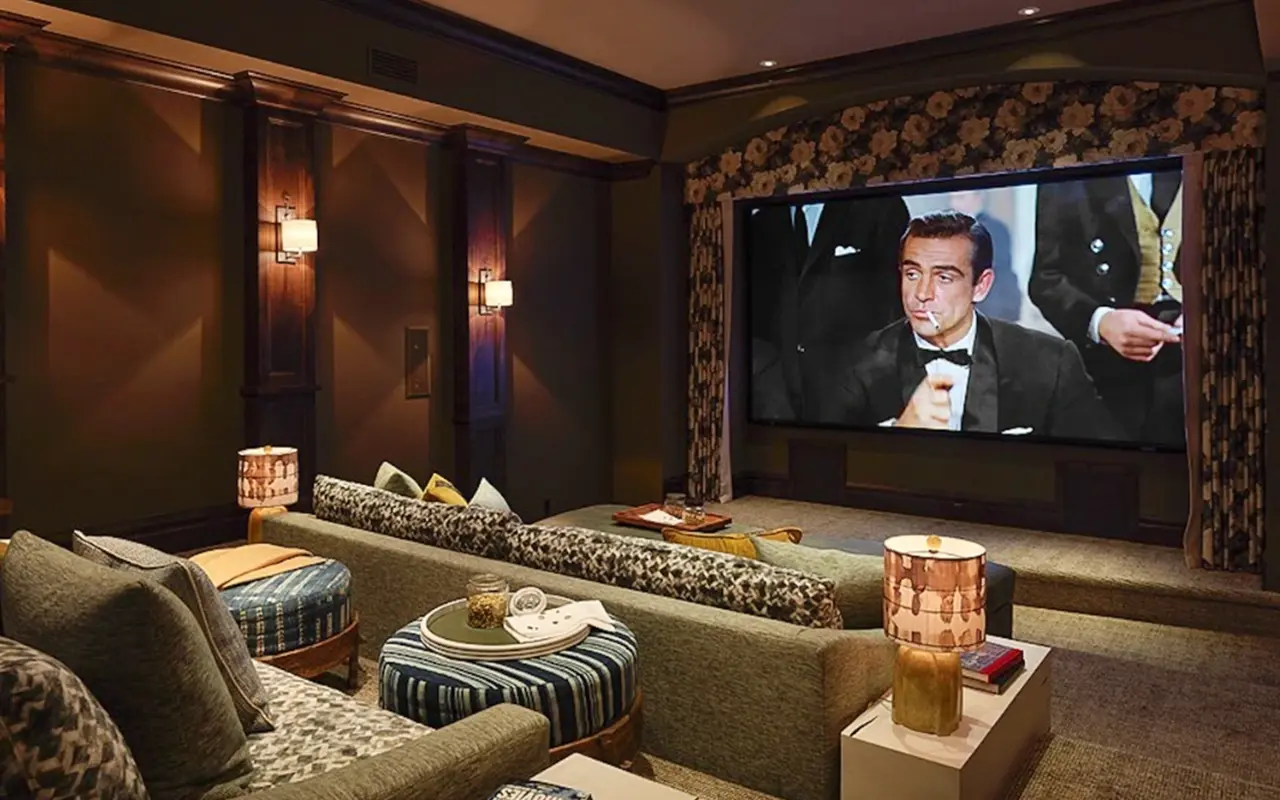
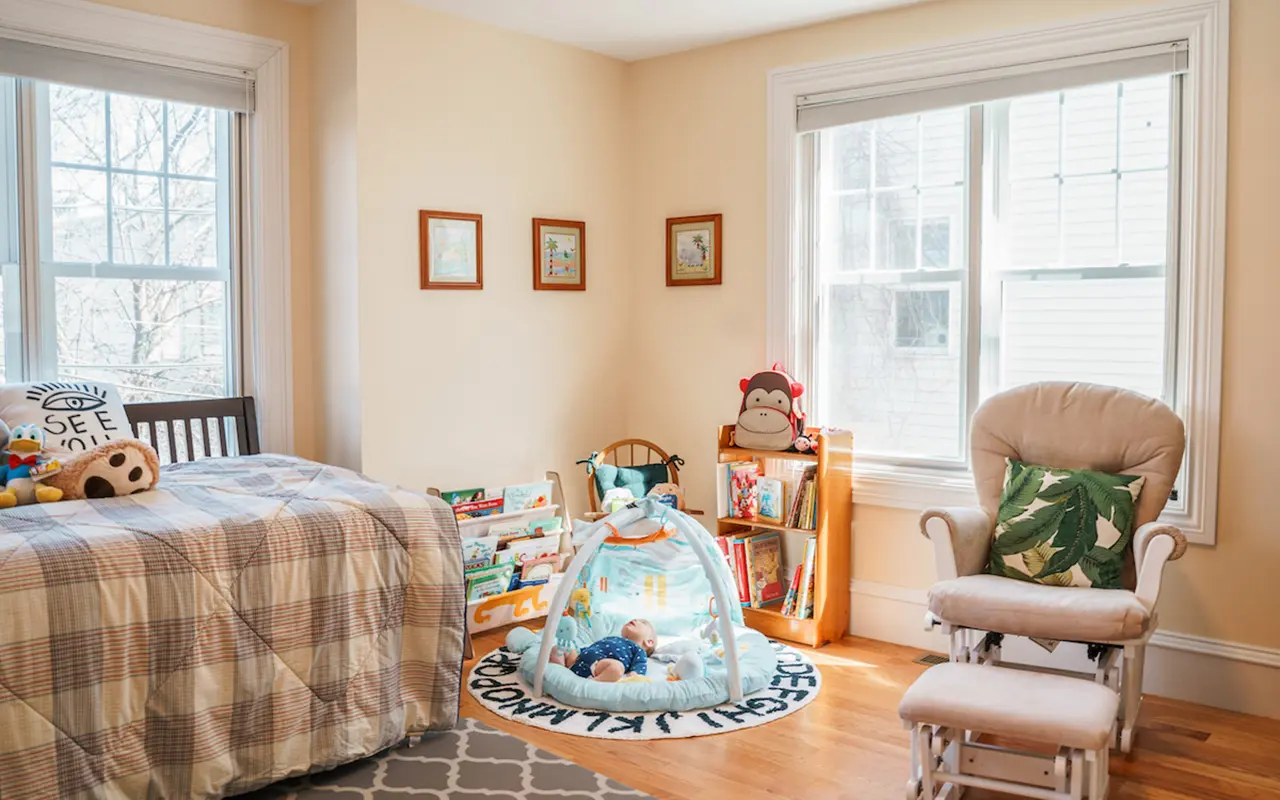
Leave a Reply
Want to join the discussion?Feel free to contribute!